Drums, the heartbeat of music, provide the rhythmic foundation that drives countless musical genres and cultures around the world. From the primal beats of ancient tribal ceremonies to the intricate rhythms of modern jazz and rock, drums have played an integral role in human expression and communication for millennia.
The history of drums can be traced back to ancient civilizations, where they were used for ceremonial rituals, communication, and entertainment. Early drums were often made from natural materials such as animal skins, wood, and clay, and their designs varied widely across different cultures and regions.
One of the defining features of drums is their percussive nature, producing sound through the impact of a drumstick, hand, or other percussion implement on a membrane or surface. This simple yet versatile mechanism allows for a wide range of sounds and textures, from thunderous bass tones to sharp, piercing accents.
In many cultures, drums hold deep spiritual significance, serving as a means of connecting with the divine, invoking trance-like states, and fostering community bonds. They are often used in religious ceremonies, festivals, and rites of passage, where their rhythmic patterns and vibrations are believed to facilitate healing, meditation, and spiritual awakening.
In the realm of music, drums are essential components of virtually every genre, providing the rhythmic framework that supports melody, harmony, and improvisation. In jazz, drummers like Max Roach and Art Blakey pioneered innovative techniques and rhythms, pushing the boundaries of the art form and influencing generations of musicians to come.
In rock music, the driving force of the drums is unmistakable, propelling bands like Led Zeppelin, The Beatles, and The Rolling Stones to legendary status. From thunderous drum solos to infectious grooves, drummers have left an indelible mark on the landscape of popular music.
Beyond their musical prowess, drums have also become symbols of rebellion, protest, and cultural identity. In the context of social movements and political activism, drums have been used to rally crowds, inspire solidarity, and amplify messages of change and resistance.
Whether played in a grand concert hall, a dimly lit nightclub, or an open-air festival, the primal energy and infectious rhythm of drums have the power to captivate audiences and move the soul. As one of the oldest and most universal forms of musical expression, drums continue to inspire and unite people across cultures and generations, reminding us of the profound connection between rhythm, sound, and the human experience.
